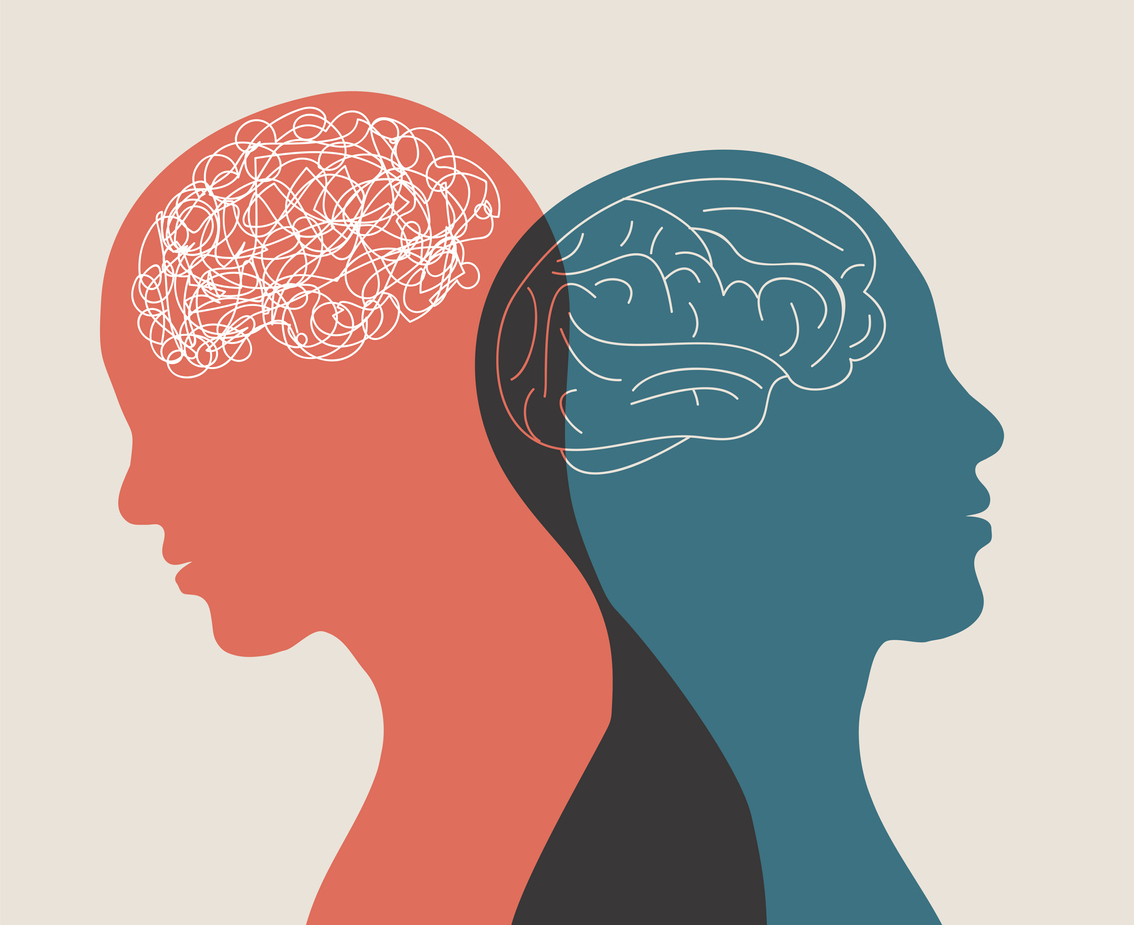Do you know how connected your brain and your body are? Obviously, your brain is a part of your body, and it is physically connected to you, but your emotions, something that you cannot necessarily see, can affect every part of your body.
Similarly, mental trauma can result in increased pain, fatigue, and other physical symptoms. Trauma, of course, is a very broad term. So, when I say mental trauma, I specifically mean when someone experiences or witnesses an event or multiple events that the brain might deem as harmful in any capacity. This could range from being in an accident, abuse, neglect, being in combat, or being in a natural disaster.
So, what are some of the physical effects that can come with mental trauma? Trauma survivors are more likely to experience stomach problems, muscle tension, headaches, and fatigue. Also, chronic pain, and pain in general, could be worse due to it. Not only that, but they are three times more likely to experience irritable bowel syndrome, chronic pain, chronic fatigue syndrome, and fibromyalgia.
People, and even animals, have been getting traumatized and showing signs of PTSD since the beginning of complex life. However, PTSD is still a very new thing for people to talk about and address. In World War I, it was called ‘shell shock,’ and it was sometimes compared to the symptoms that “hysterical women” suffered from. Until recently, PTSD was always assumed to be something only soldiers experienced after the war. However, in the past few years we’ve discovered that anyone can experience PTSD from a multitude of things.
An important thing to keep in mind is that sometimes these symptoms can show up years later, especially if someone hasn’t dealt with their trauma in a therapeutic way. Treatment is really important when it comes to easing the physical and mental effects of trauma. That treatment will often first try to ease the physical effects, but then it will try to help the underlying cause of them. Sometimes however, people may not get treatment for the trauma. Maybe they do not have the means to do so, or maybe they blocked out that traumatic experience. If this is the case, it will often require a lot of therapy to be able to unlock those memories.
There are a few approaches to treating trauma, and it depends a lot on the traumatized person. One way is called EMDR, or eye movement desensitization and reprocessing. It helps release the trauma from the body, while not forcing the patient to re-experience the traumatizing experiences. EMDR works by moving your eyes in a particular pattern, and it focuses on the memory rather than the results of the traumatic experience.
Studies have shown that people with PTSD are fourteen times more likely to be diagnosed with a substance abuse disorder. This is a result of self-medicating, a phenomenon where people will find a drug that can minimize the symptoms they’re feeling. This is very dangerous, as the drugs will often have harmful side effects, or maybe that person will overdose or drink too much.
Another topic I’d like to cover is ACEs, and their effect on children and adult’s health. An ACE, or an Adverse Childhood Experience, is a traumatic event experienced in a person’s childhood. ACEs can range from neglect, violence, or growing up in a household with family members who have mental illnesses. ACEs heighten people’s chances for STD’s, maternal problems, diabetes, suicide, heart disease, and even cancer.
Overall, trauma can lead to so many complications later in life. Although we will never be able to completely prevent or get rid of PTSD and similar trauma-based disorders, making therapy more accessible and affordable for the every-day person to access will help the side effects that come along with being traumatized.































